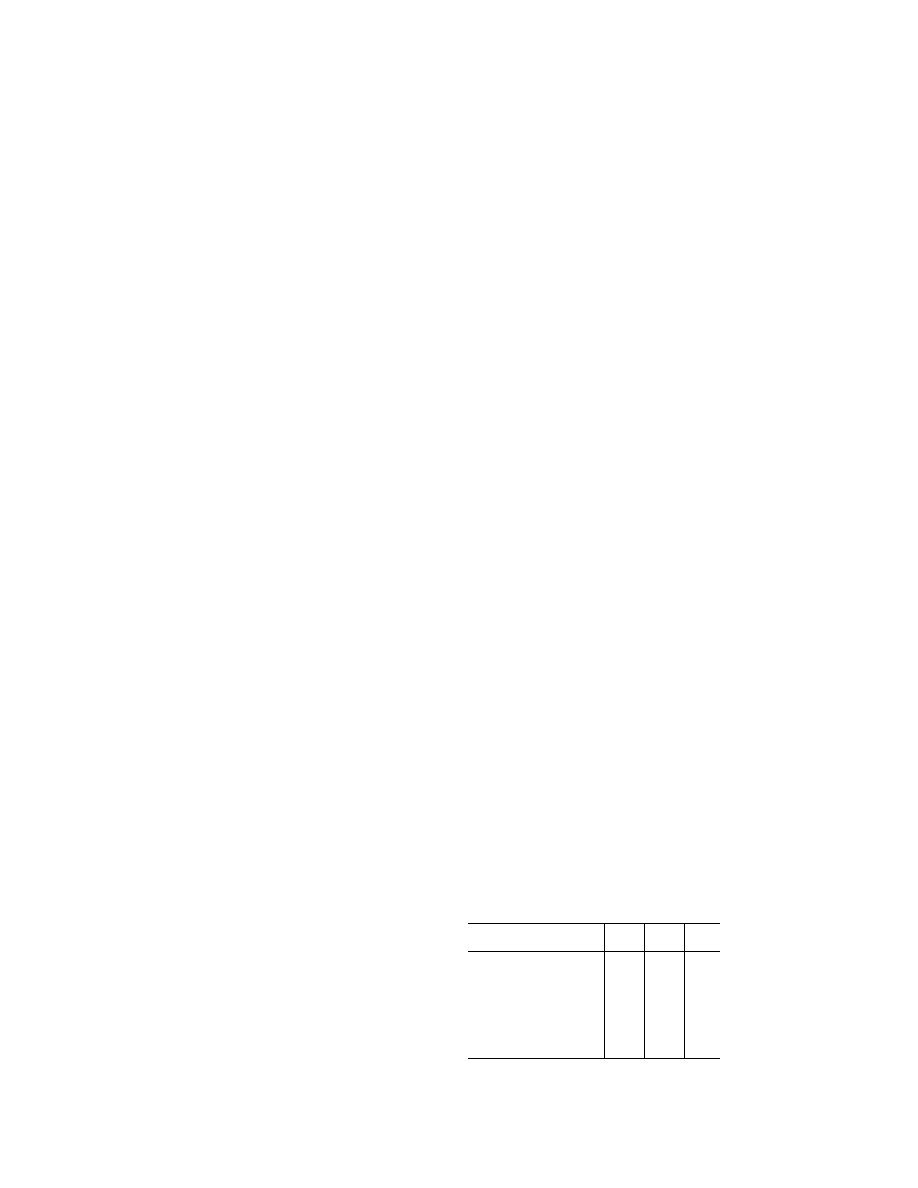
384
14 CFR Ch. I (1–1–14 Edition)
§ 25.143
(3) Changes in configuration, power
or thrust, and speed, must be made in
accordance with the established proce-
dures for service operation.
(4) The landing must be made with-
out excessive vertical acceleration,
tendency to bounce, nose over, ground
loop, porpoise, or water loop.
(5) The landings may not require ex-
ceptional piloting skill or alertness.
(c) For landplanes and amphibians,
the landing distance on land must be
determined on a level, smooth, dry,
hard-surfaced runway. In addition—
(1) The pressures on the wheel brak-
ing systems may not exceed those spec-
ified by the brake manufacturer;
(2) The brakes may not be used so as
to cause excessive wear of brakes or
tires; and
(3) Means other than wheel brakes
may be used if that means—
(i) Is safe and reliable;
(ii) Is used so that consistent results
can be expected in service; and
(iii) Is such that exceptional skill is
not required to control the airplane.
(d) For seaplanes and amphibians,
the landing distance on water must be
determined on smooth water.
(e) For skiplanes, the landing dis-
tance on snow must be determined on
smooth, dry, snow.
(f) The landing distance data must
include correction factors for not more
than 50 percent of the nominal wind
components along the landing path op-
posite to the direction of landing, and
not less than 150 percent of the nomi-
nal wind components along the landing
path in the direction of landing.
(g) If any device is used that depends
on the operation of any engine, and if
the landing distance would be notice-
ably increased when a landing is made
with that engine inoperative, the land-
ing distance must be determined with
that engine inoperative unless the use
of compensating means will result in a
landing distance not more than that
with each engine operating.
[Amdt. 25–121, 72 FR 44666; Aug. 8, 2007; 72 FR
50467, Aug. 31, 2007]
C
ONTROLLABILITY AND
M
ANEUVERABILITY
§ 25.143
General.
(a) The airplane must be safely con-
trollable and maneuverable during—
(1) Takeoff;
(2) Climb;
(3) Level flight;
(4) Descent; and
(5) Landing.
(b) It must be possible to make a
smooth transition from one flight con-
dition to any other flight condition
without exceptional piloting skill,
alertness, or strength, and without
danger of exceeding the airplane limit-
load factor under any probable oper-
ating conditions, including—
(1) The sudden failure of the critical
engine;
(2) For airplanes with three or more
engines, the sudden failure of the sec-
ond critical engine when the airplane is
in the en route, approach, or landing
configuration and is trimmed with the
critical engine inoperative; and
(3) Configuration changes, including
deployment or retraction of decelera-
tion devices.
(c) The airplane must be shown to be
safely controllable and maneuverable
with the critical ice accretion appro-
priate to the phase of flight defined in
appendix C, and with the critical en-
gine inoperative and its propeller (if
applicable) in the minimum drag posi-
tion:
(1) At the minimum V
2
for takeoff;
(2) During an approach and go-
around; and
(3) During an approach and landing.
(d) The following table prescribes, for
conventional wheel type controls, the
maximum control forces permitted
during the testing required by para-
graph (a) through (c) of this section:
Force, in pounds, applied to the
control wheel or rudder pedals
Pitch Roll Yaw
For short term application for
pitch and roll control—two
hands available for control ....
75
50
For short term application for
pitch and roll control—one
hand available for control ......
50
25
For short term application for
yaw control .............................
150
For long term application ..........
10
5
20
VerDate Mar<15>2010
10:12 Mar 18, 2014
Jkt 232046
PO 00000
Frm 00394
Fmt 8010
Sfmt 8010
Y:\SGML\232046.XXX
232046
pmangrum on DSK3VPTVN1PROD with CFR